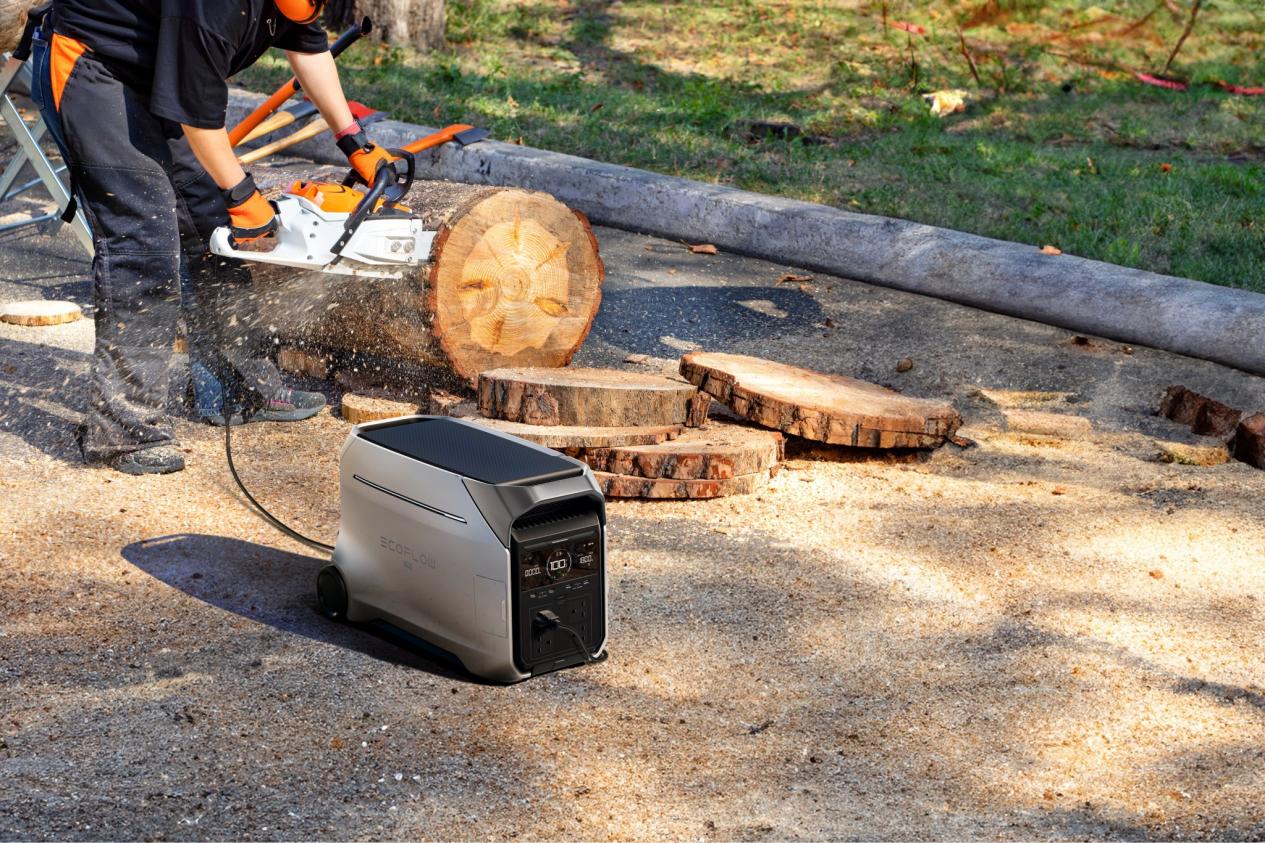A Deep Dive into CCS vs. NACS Charging Ports
- What Are EV Charging Ports?
- The Combined Charging System (CCS) Explained
- A Look at the North American Charging Standard (NACS)
- Head-to-Head Key Differences Between CCS and NACS
- Physical Design and Ergonomics
- Charging Capability and Versatility
- Market Adoption and Future Outlook
- A Unified Charging Future
- 4 FAQs About CCS vs NACS
The electric vehicle boom is here, but it's brought a new kind of confusion to the driver's seat. If you've ever felt overwhelmed by charging jargon, you're not alone. The biggest question often comes down to the plug itself. Two main standards are battling for dominance in North America, and the one your car has determines where and how fast you can power up.
What Are EV Charging Ports?
An EV charge port is like a gas cap for electric cars. That's where you plug it in to get more power. But it's not just a simple gas station. The port and the charger talk to each other to take care of the safety checks and charging speeds for your car's battery.
Early EVs could be charged slowly at home overnight. But when people wanted to go on longer car trips, it became clear that they needed high-speed DC fast charging. Because of this, companies had to make ports that could handle both, which led to the standards we use today.
The Combined Charging System (CCS) Explained
For years, the Combined Charging System, or CCS, was the go-to plug for almost every automaker besides Tesla. Its name gives away its design: it "combines" slow and fast charging into one unit.
Design Philosophy: The 'Combined' Approach
The port itself is big. On top is a round J1772 plug for charging with an AC adapter at home. Two big pins for high-speed DC fast charging are tucked below. When you plug in at a fast charger, the plug goes all the way through the port. Because of how it was made, everything could fit through one port.
Communication and Widespread Adoption
CCS was built on teamwork. A lot of automakers decided on this standard, which made the charging network very large and open. It would be fine for a Ford to use an Electrify America station and for a Chevy to use an EVgo station. This willingness to work together was a big plus because it kept one company from controlling the charging scene and gave drivers more choices.
A Look at the North American Charging Standard (NACS)
The North American Charging Standard, or NACS, was first only used by Tesla. Its design theory is all about keeping things simple.
A Focus on Simplicity and Size
The NACS plug is incredibly small and light compared to CCS, making it much easier to handle. It's a single, clean-looking port. The same pins handle every kind of charging, from a slow trickle in your garage to the fastest highway charging. The car's internal tech sorts out the power.


The Power of a Reliable Network
But the real magic of NACS wasn't just the plug; it was the network behind it. Tesla's Supercharger network became famous for being reliable and dead simple to use. You just plugged in, and it worked. This seamless experience is a huge reason why other automakers are now jumping on board.
Head-to-Head Key Differences Between CCS and NACS
Both systems charge an EV battery, but they go about it in very different ways. Now that you know the basics of each, it's easier to see how they stack up.
Feature | CCS (Combined Charging System) | NACS (North American Charging Standard) |
Physical Design | Large, two-part connector (J1772 top, DC pins bottom). | Small, sleek, single-piece connector. |
Ergonomics | Heavier and more cumbersome to handle. | Lightweight, compact, and easier to handle. |
AC & DC Charging | Uses separate sections of the port for AC and DC. | Uses the same shared pins for both AC and DC. |
Vehicle Port Size | Significantly larger footprint on the vehicle body. | Much smaller and more discreet vehicle port. |
Communication | Power Line Communication (PLC) protocol. | CAN-based communication protocol. |
Market Trend (N.A.) | Legacy standard, being phased out by most brands post-2025. | Becoming the new dominant standard in North America. |
Physical Design and Ergonomics
The difference is obvious the moment you pick them up. The CCS connector is a hefty, two-part piece of hardware. It can be awkward to line up and plug in, especially when the thick cables are cold and stiff. The NACS connector, by contrast, feels like a piece of consumer electronics. It’s about half the size, much lighter, and clicks in effortlessly. For daily use, the better ergonomics are a clear win.


Charging Capability and Versatility
Under the hood, both systems get the job done. They can handle slow AC charging and super-fast DC charging. It's the how that's different. CCS uses separate pins for each job, while NACS cleverly uses the same pins for both. When it comes to pure power delivery, neither has a major advantage. Both standards can pump out huge amounts of electricity. The real choice isn't about speed, but about the design and the experience.
Market Adoption and Future Outlook
This is where the story takes a dramatic turn. Starting in 2023, the auto industry saw a domino effect. One by one, major car companies announced they were ditching CCS and adopting NACS for their North American models, beginning around 2025. NACS is now on track to be the single plug for the region. Public charging networks are rushing to add NACS plugs to their stations. For the next few years, adapters will be a must-have accessory for many drivers. This shift also puts a spotlight on having flexible home power. A robust backup, like the EcoFlow DELTA Pro 3, can give you peace of mind, offering a reliable charge at home or on the go, no matter what plug your car has.
A Unified Charging Future
The plug war in North America is basically over. The market is quickly uniting around the NACS standard. For drivers, this is great news. It means less confusion at charging stations and less worry about finding a compatible plug. The goal is to make charging an EV as simple and universal as finding a gas station. For total freedom from range anxiety, especially during this transition, a personal power source can be a game-changer. A portable station like the EcoFlow DELTA Pro 3 acts as a safety net, giving you the power to add miles to your EV anywhere, whether you're camping off-grid or dealing with a power outage at home. Ultimately, a simpler, more reliable charging network is on the horizon for everyone.
4 FAQs About CCS vs NACS
Q1: I own an EV with a CCS port. Will I be able to charge it in the future?
Don't worry, your car isn't obsolete. This transition will take years. Public charging networks are adding both NACS and CCS plugs to their stations. Plus, government-funded chargers are required to have CCS support. And for NACS-only stations, reliable adapters are already widely available.
Q2: Why did so many automakers decide to switch from CCS to NACS?
It came down to three main things. First, Tesla's Supercharger network just worked better and was more reliable. Second, the NACS plug is smaller, lighter, and easier for people to handle. Finally, once big players like Ford and GM made the jump, others followed to make sure their customers had access to the biggest charging network possible.
Q3: How do CCS-to-NACS adapters work, and do they slow down charging?
To charge quickly with DC, all you need is a good adapter to connect the electrical pins. It is a simple, silent gadget. It won't slow down how fast you charge. The charging point and your car still decide how fast you can charge, not the adapter.
Q4: Is NACS becoming the standard outside of North America?
No. This is a North American thing, for now. In Europe and many other places, CCS is still the required standard (though it looks slightly different and is called CCS2). Automakers will keep making cars with different plugs for different parts of the world.